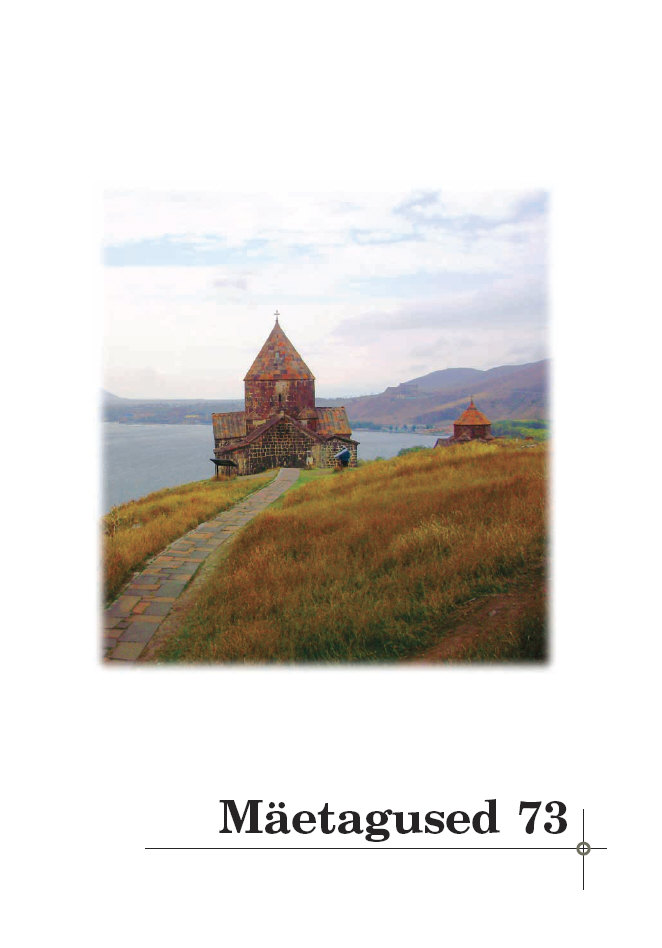Millest kõnelevad ja millest vaikivad triibud Abhaasia lipul? Religioossest situatsioonist Abhaasias
What are the stripes of the Abkhazian flag talking about and what are they silent about? Religious situation in Abkhazia
Author(s): Aivar JürgensonSubject(s): Customs / Folklore, Comparative Studies of Religion, Cultural Anthropology / Ethnology, Culture and social structure , History of Religion
Published by: Eesti Kirjandusmuuseum
Keywords: Abkhazia; Islam; Orthodoxy; secularity; syncretism;
Summary/Abstract: When analysing the religious situation in Abkhazia, the Abkhazian authors present it primarily as a peaceful coexistence of different religions – Christianity, Islam, and native Abkhazian religion. Religions that have existed in Abkhazia side by side for centuries have shaped the worldview of the Abkhazians, which, according to some authors, have a strongly syncretistic shape. Along with syncretism and peaceful coexistence of religions, the Abkhazian authors emphasize the deep Christian roots of Abkhazia: many articles and books show how Christianity reached Abkhazia already in the first century, how it became state religion in the 6th–7th centuries, and how the Abkhazians have dealt with the Christian mission in the Caucasus. Sometimes this emphasis has a political background. When the Georgian-Abkhaz War (1992–93) took place, some Georgian politicians in the confrontation with Abkhazians emphasized the religious aspects of the conflict, and even later tried to present Abkhazia as a Muslim country.The article looks at Abkhazian religious life in the historical perspective and seeks to find explanations for the religious situation today. It also deals with religious image reproduction: Abkhaz authors’ efforts to get rid of the Islamic image of Abkhazia created by the Georgians. In the Soviet period all religions suffered from anti-religious repressions, mosques and churches of many Christian congregations were closed down, religious rituals were banned and carried out only secretly, and clergymen were repressed. Although after the collapse of the Soviet Union and the war of 1992–93 religious life is allowed again and even favoured by the authorities, the number of eager believers had remained small. Alongside the peaceful coexistence of Islam and Christianity, which is presented by many Abkhaz authors as a good example to be followed by other countries, we also have to speak about formal religiousness and religious secularization.
Journal: Mäetagused. Hüperajakiri
- Issue Year: 2019
- Issue No: 73
- Page Range: 69-98
- Page Count: 30
- Language: Estonian

